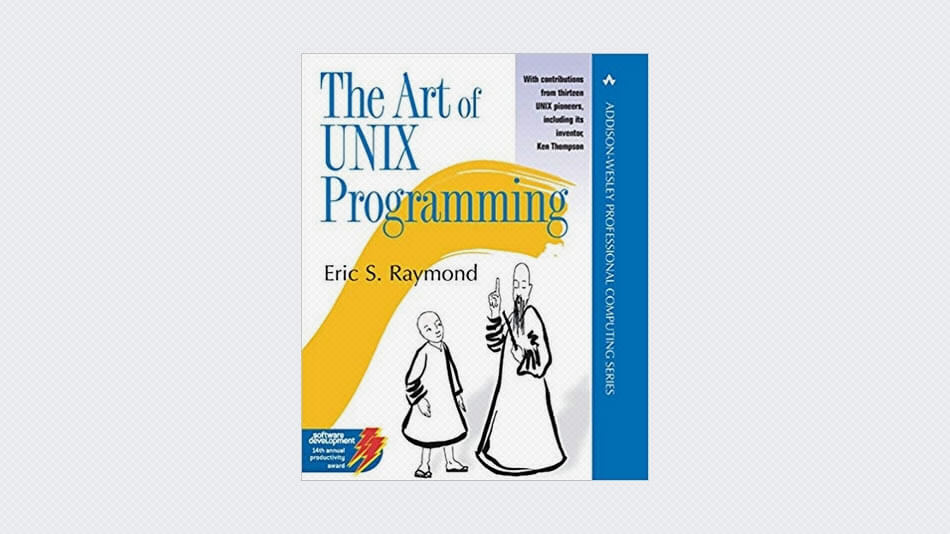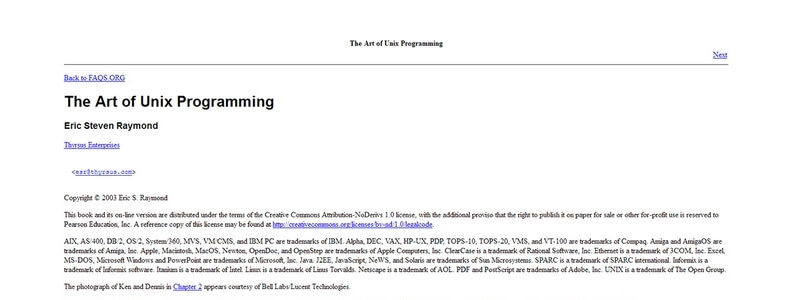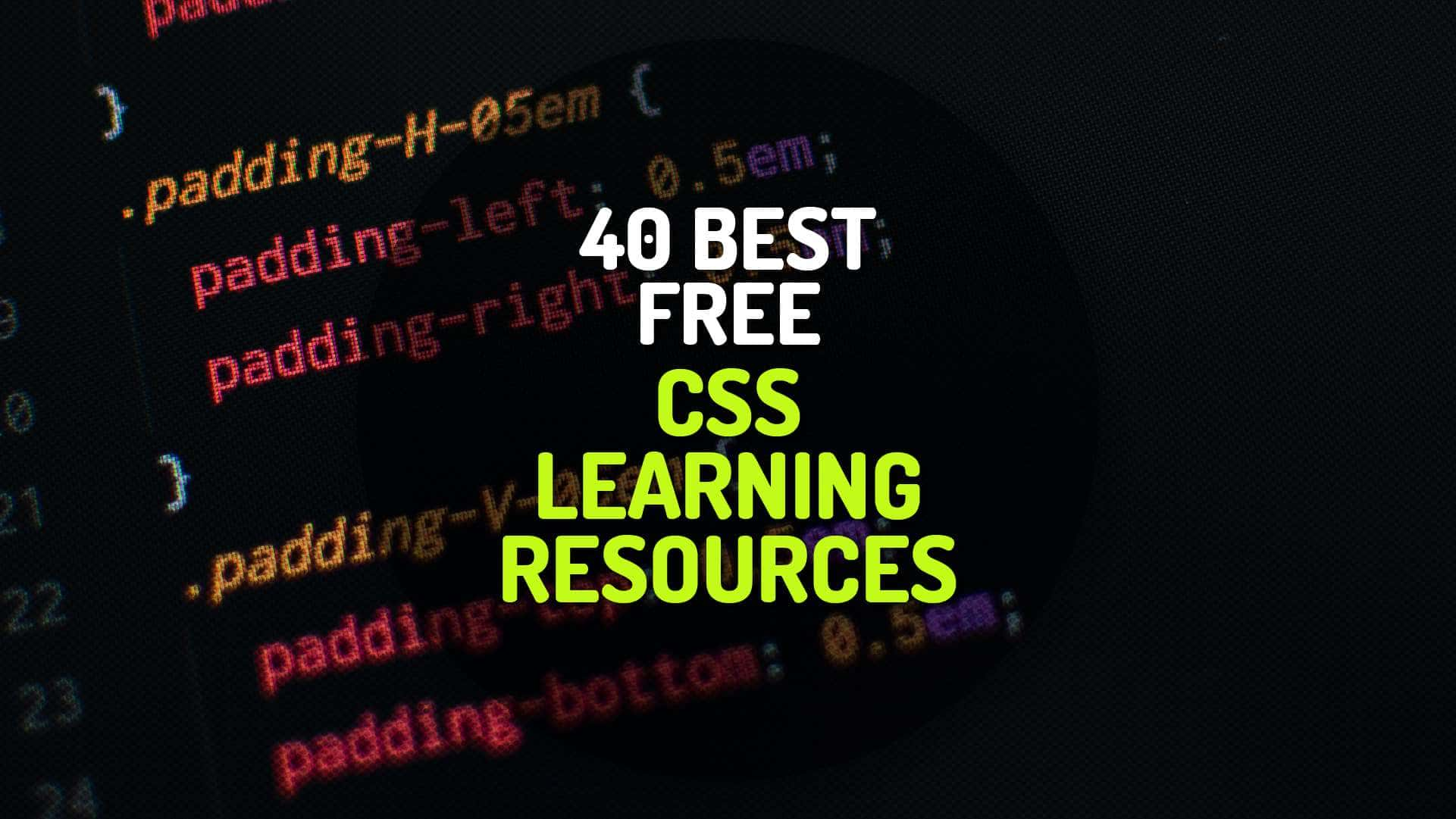This book has a lot of knowledge in it, but it is mainly about expertise. It is going to try to teach you the things about Unix development that Unix experts know, but aren’t aware that they know. It is therefore less about technicalia and more about shared culture than most Unix books – both explicit and implicit culture, both conscious and unconscious traditions. It is not a ‘how-to’ book, it is a ‘why-to’ book.
The why-to has great practical importance, because far too much software is poorly designed. Much of it suffers from bloat, is exceedingly hard to maintain, and is too difficult to port to new platforms or extend in ways the original programmers didn’t anticipate. These problems are symptoms of bad design. We hope that readers of this book will learn something of what Unix has to teach about good design.
This book is divided into four parts: Context, Design, Tools, and Community. The first part (Context) is philosophy and history, to help provide foundation and motivation for what follows. The second part (Design) unfolds the principles of the Unix philosophy into more specific advice about design and implementation. The third part (Tools) focuses on the software Unix provides for helping you solve problems. The fourth part (Community) is about the human-to-human transactions and agreements that make the Unix culture so effective at what it does.
Because this is a book about shared culture, I never planned to write it alone. You will notice that the text includes guest appearances by prominent Unix developers, the shapers of the Unix tradition. The book went through an extended public review process during which I invited these luminaries to comment on and argue with the text. Rather than submerging the results of that review process in the final version, these guests were encouraged to speak with their own voices, amplifying and developing and even disagreeing with the main line of the text.
In this book, when I use the editorial ‘we’ it is not to pretend omniscience but to reflect the fact that it attempts to articulate the expertise of an entire community.
Because this book is aimed at transmitting culture, it includes much more in the way of history and folklore and asides than is normal for a technical book. Enjoy; these things, too, are part of your education as a Unix programmer. No single one of the historical details is vital, but the gestalt of them all is important. We think it makes a more interesting story this way. More importantly, understanding where Unix came from and how it got the way it is will help you develop an intuitive feel for the Unix style.
Other things this book is not is neither a C tutorial, nor a guide to the Unix commands and API. It is not a reference for sed or yacc or Perl or Python. It’s not a network programming primer, nor an exhaustive guide to the mysteries of X. It’s not a tour of Unix’s internals and architecture, either. Other books cover these specifics better, and this book points you at them as appropriate.




